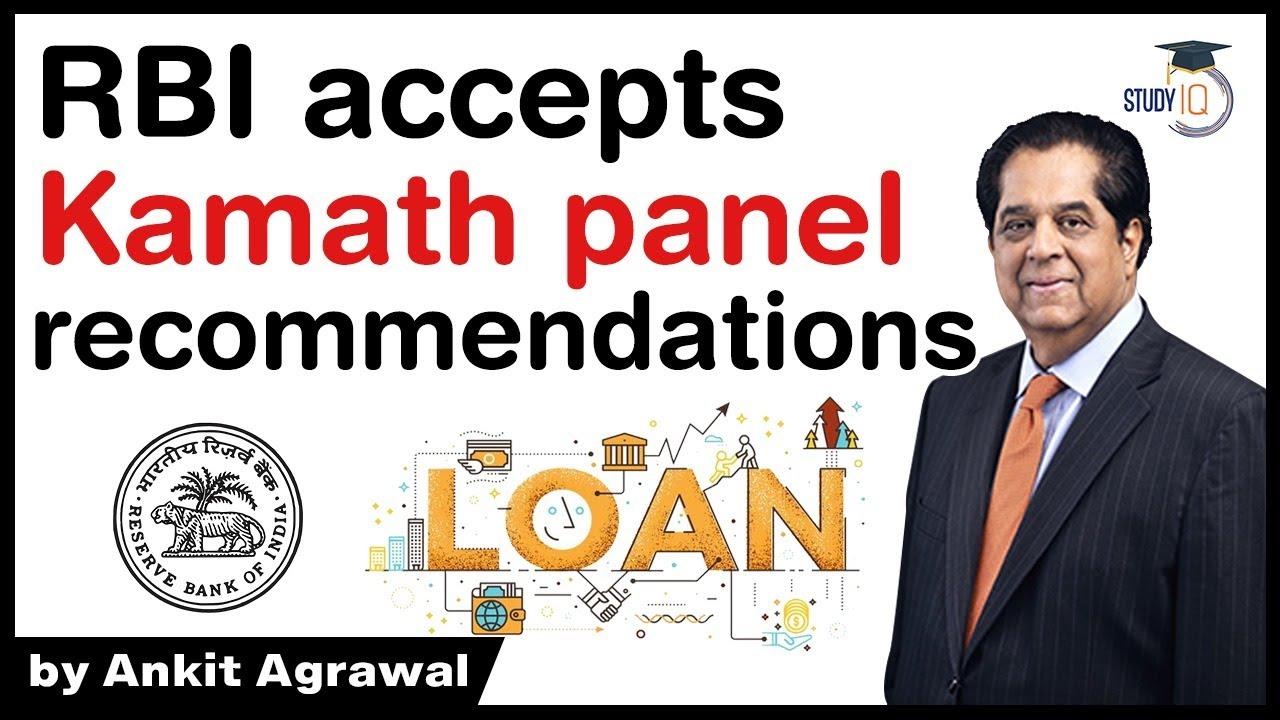Table of Contents

- Reserve Bank of India (RBI) has formed a five member committee under the chairmanship of former ICICI Bank CEO KV Kamath.
- Other members of the committee are-
- Diwakar Gupta,
- TN Manoharan,
- Ashvin Parekh,
- Sunil Mehta.
- More members may be added to the committee if required, RBI said.
Role of committee?
- The committee, which has been constituted by the RBI will make recommendations on-
- The required financial parameters to be factored into the resolution plans
- (with sector specific benchmark ranges for such parameters),
- Will submit its recommendations to the RBI.
- A resolution plan is a proposal that aims to provide
- A resolution to the problem of the corporate debtor’s insolvency and its consequent inability to pay off debts.
- The committee submitted its report to RBI on 4 September, and
- Its recommendations have been broadly accepted.
- The committee has made recommendations for 26 sectors that could be factored by lending institutions while finalizing loan resolution plans.
Distressed sectors
- In its report, the five-member panel led by K.V. Kamath identified five financial parameters to gauge the health of sectors facing difficulties.
- Total outside liabilities to adjusted tangible networth,
- Total debt to earnings before interest, taxes, depreciation, and amortization (Ebitda),
- Current ratio,
- Debt service coverage ratio (DSCR),
- Average debt service coverage ratio (ADSCR).

- The central bank has allowed greater leeway to the real estate sector with the highest debt to Ebitda ratio permissible among the 26 sectors it has identified.
- The central bank said lenders are free to consider other financial parameters as well,
- While finalizing the resolution assumptions apart from the mandatory key ratios and the sector-specific thresholds that have been prescribed.
How much amount of loans will be restructured?
- The restructuring quantum from the corporate sector in FY21 could range between 3 per cent and 5.8 per cent of the banking credit, amounting to Rs 3.3-6.3 trillion.
- At least Rs 210,000 crore (1.9 per cent of banking credit) of non-corporate loans is likely to undergo restructuring.
- These loans would have otherwise slipped into the non-performing asset category.
Conclusion
- It will improve the transparency of the loan restructuring process that the Indian banking system is about to undertake.
- While the financial parameters suggested by the panel are reasonable, some borrowers may not be able to meet the granular requirements prescribed by the committee, resulting in a spike in bad loans.
Latest Burning Issues | Free PDF























 WhatsApp
WhatsApp